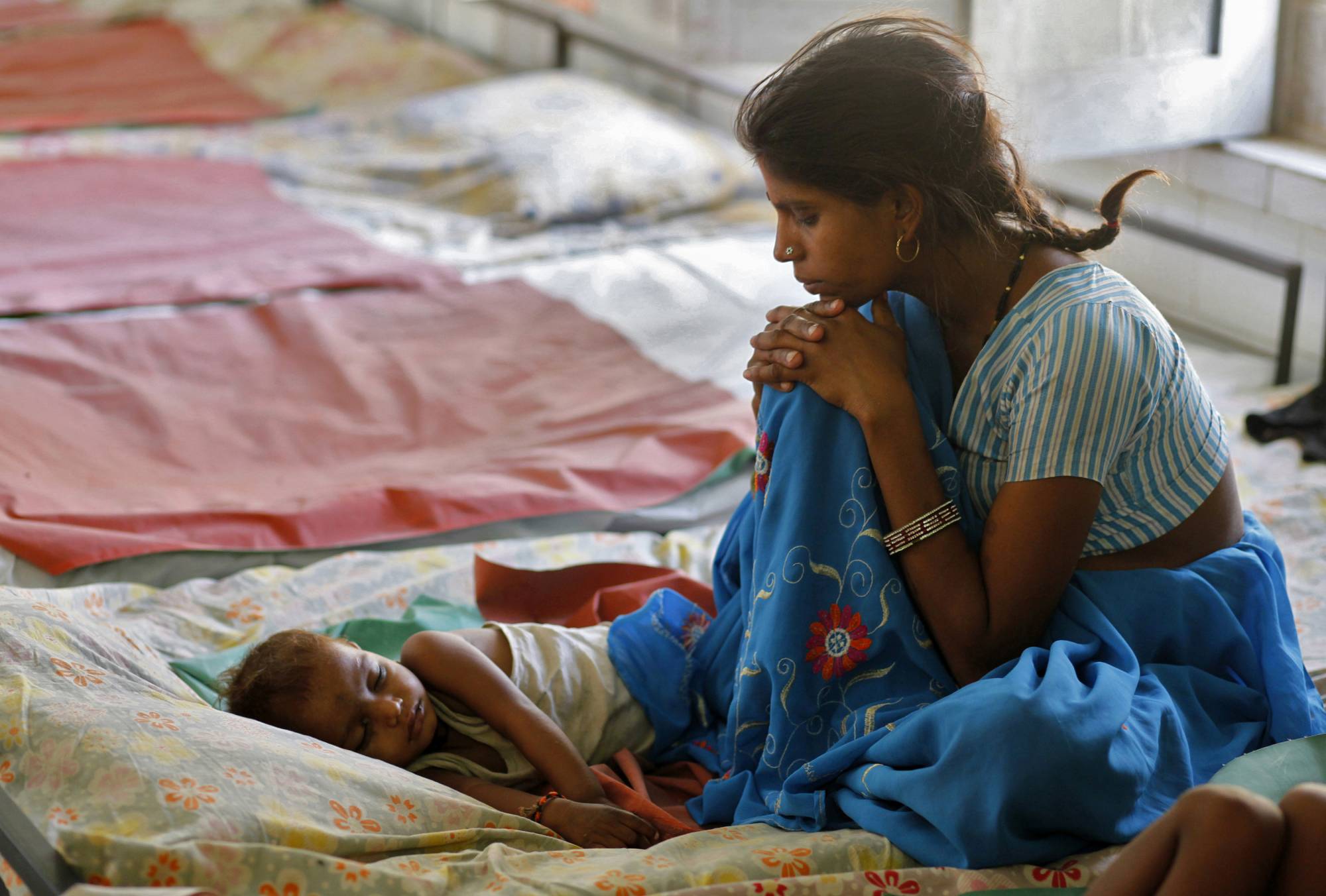On Sept. 25, 2015, the world’s heads of state and government unanimously adopted the 2030 Agenda for Sustainable Development — a sweeping global blueprint for building a more equitable and sustainable world. But, more than five years later, progress toward the agenda’s 17 Sustainable Development Goals leaves much to be desired.
Among the biggest constraints for countries striving to achieve the SDGs is the lack of financial resources. Even before the COVID-19 pandemic, many low— and middle-income countries were showing signs of debt distress. As they struggle to cope with simultaneous public-health and economic crises, mobilizing financial resources for sustainable development is an even more difficult proposition.
Of course, there are ways to raise funds. Countries can increase domestic savings, court foreign investment, and seek development assistance from rich countries, international organizations and multilateral development banks. But doing so is never easy — especially in a world where illicit financial flows flourish.

















With your current subscription plan you can comment on stories. However, before writing your first comment, please create a display name in the Profile section of your subscriber account page.